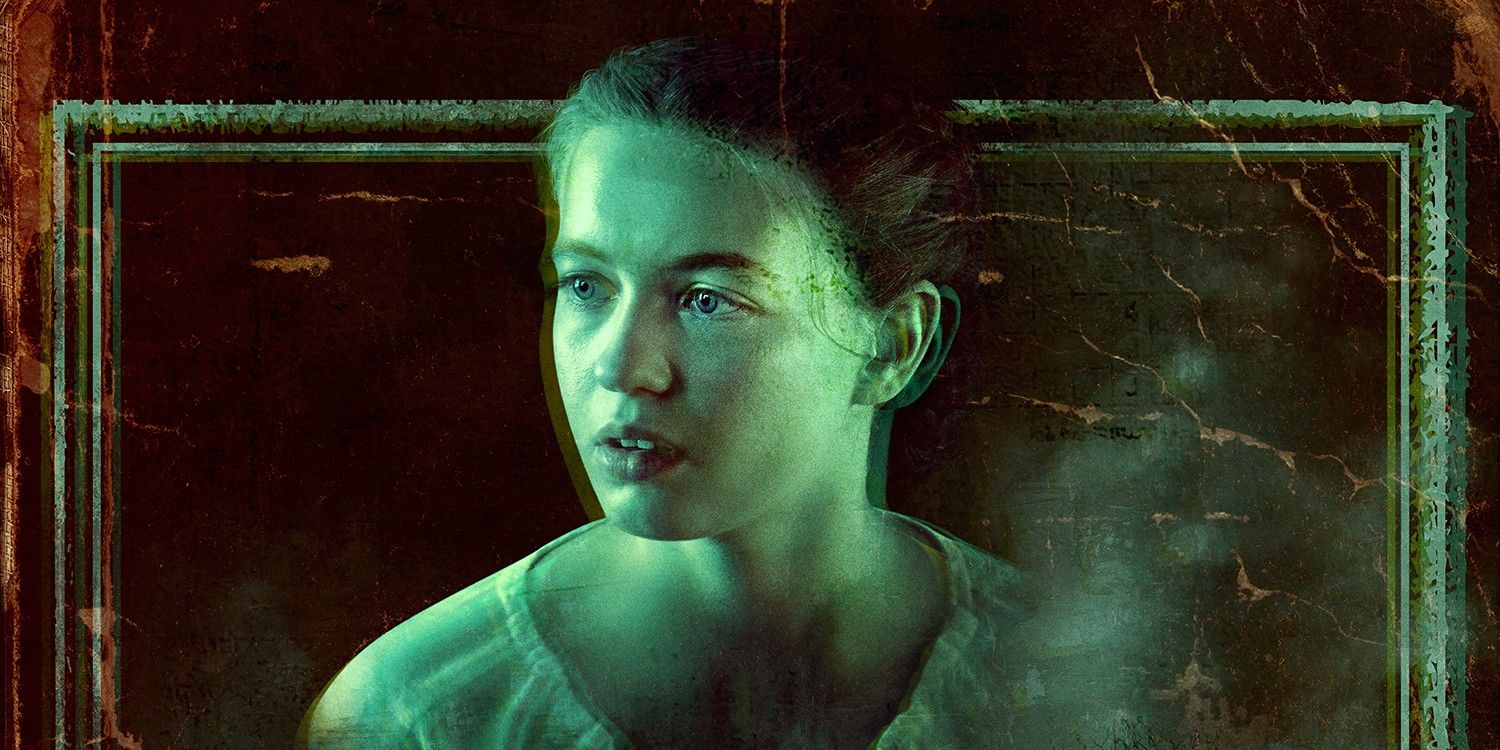After debuting Fear Street Part 1: 1994 and Fear Street Part 2: 1978, Netflix’s horror trilogy event continues with Fear Street Part 3: 1666, taking viewers back to the origins of Sarah Fier’s curse on Shadyside and Sunnyvale. Based loosely on R.L. Stine’s Fear Street novels, a series with more mature themes and stories than the author’s Goosebumps books, all three films in the trilogy are directed by Leigh Janiak (Honeymoon, Scream: The TV Series). For Part 3: 1666, Janiak co-wrote the script with frequent collaborator Phil Graziadei and Kate Trefry (Stranger Things). Fear Street Part 3: 1666 wraps up the horror trilogy’s story in a satisfying conclusion that’s finally less homage and more its own original slasher.
Fear Street Part 3: 1666 picks up immediately after the events of 1978, with Deena (Kiana Madeira) having reunited Sarah Fier’s hand with the rest of her body. In doing so, Deena learns what really happened to Sarah Fier, and how she came to be thought of as the witch that cursed Shadyside. Deena learns about how the original settlement of Union was ravaged by blight, and the townsfolk became focused on blaming it on Sarah, accusing her of making a deal with the devil. However, the truth is far from the story Deena has heard growing up and she learns the real source of the evil that plagues Shadyside. Armed with her newfound knowledge, Deena sets out to save her girlfriend Sam (Olivia Scott Welch) with the help of her brother Josh (Benjamin Flores Jr.) and Christine Berman (Gillian Jacobs).
Unlike 1994 and 1978, which were styled after the slasher movies that were popular in the decades in which they were set, Fear Street Part 3: 1666 feels like the first time the trilogy truly combines its homages with its own unique perspective. This is ironic given it’s literally split in half, with the first part of the film set in 1666 and the second returning to 1994. While there are certain horror touchstones Part 3 likely pulled from (2015’s The Witch being the most obvious), its blend of horror tropes from different eras gives the final Fear Street installment a more fresh and original spin on the genre. That’s not to say Fear Street Part 3 is a complete outlier from the rest of the series, since it still includes all the touches Janiak infused in the series to make it her own, but it’s the culmination of everything that came before – and it’s stronger for it.
Part 1: 1994 and Part 2: 1978 were shallow recreations of horror films of their eras, pulling music and conventions from slashers from the 70s and 90s. These were then combined with a modern sensibility that didn’t quite work, largely because the villain was a mysterious witch with stock character boogeymen for her henchmen. It’s not until Fear Street Part 3: 1666 that the trilogy’s true themes lock into place – that being the way men have persecuted women, and the rich have stepped on the poor to keep on getting richer – which give the third film a stronger throughline. Those themes, in tandem with music from the 90s (when the story returns to that era) and some fun creepiness in both time periods, make Fear Street Part 3: 1666 an entertaining watch.
As in the previous films of the trilogy, the cast of Fear Street Part 3: 1666 is solid enough, and it’s fun to see actors from both prior films unite to play the characters of the Union settlement, even if it can sometimes be confusing which of the more minor characters have returned because their looks are so different. But bringing together all the young actors – including Sadie Sink and Emily Rudd from 1978, along with Julia Rehwald and Fred Hechinger from 1994, helps the film feel like a conclusion that honors previous installments. Still, Madeira and Welch are the anchors of this trilogy and this film and they work well in their roles.
Overall, Fear Street Part 3: 1666 may be the strongest and most freshly original of the trilogy, but it’s still reliant entirely on everything that was built up by the previous two films. As such, it wouldn’t be recommended to watch any of the movies on their own, but together as one single series. For its part, 1666 offers a satisfying conclusion to the story of Shadyside and Sarah Fier’s curse, even if it still feels as though the trilogy never quite lived up to its potential. It perhaps could’ve benefited from less homages and more genuine scares, but the trilogy as a whole makes for a fun enough horror experience. So those who watched the first two installments will certainly want to check out the final chapter, while those who haven’t been intrigued by the series’ premise can skip it. Fear Street Part 3: 1666, and the Fear Street trilogy overall, is fine and fun enough horror entertainment, while not being necessarily extraordinary or memorable.
Fear Street Part 3: 1666 is now streaming on Netflix. It is 112 minutes long and rated R for strong violence and gore, language, some sexuality and brief drug use.
Let us know what you thought of the film in the comments section!
About The Author

